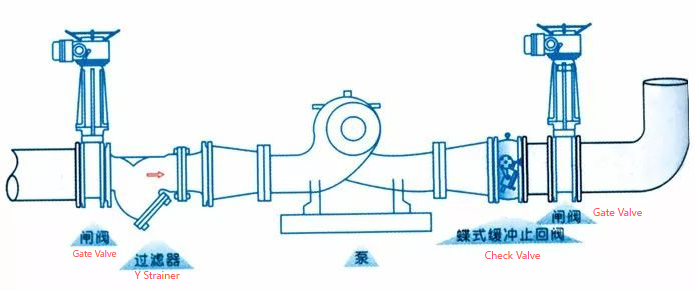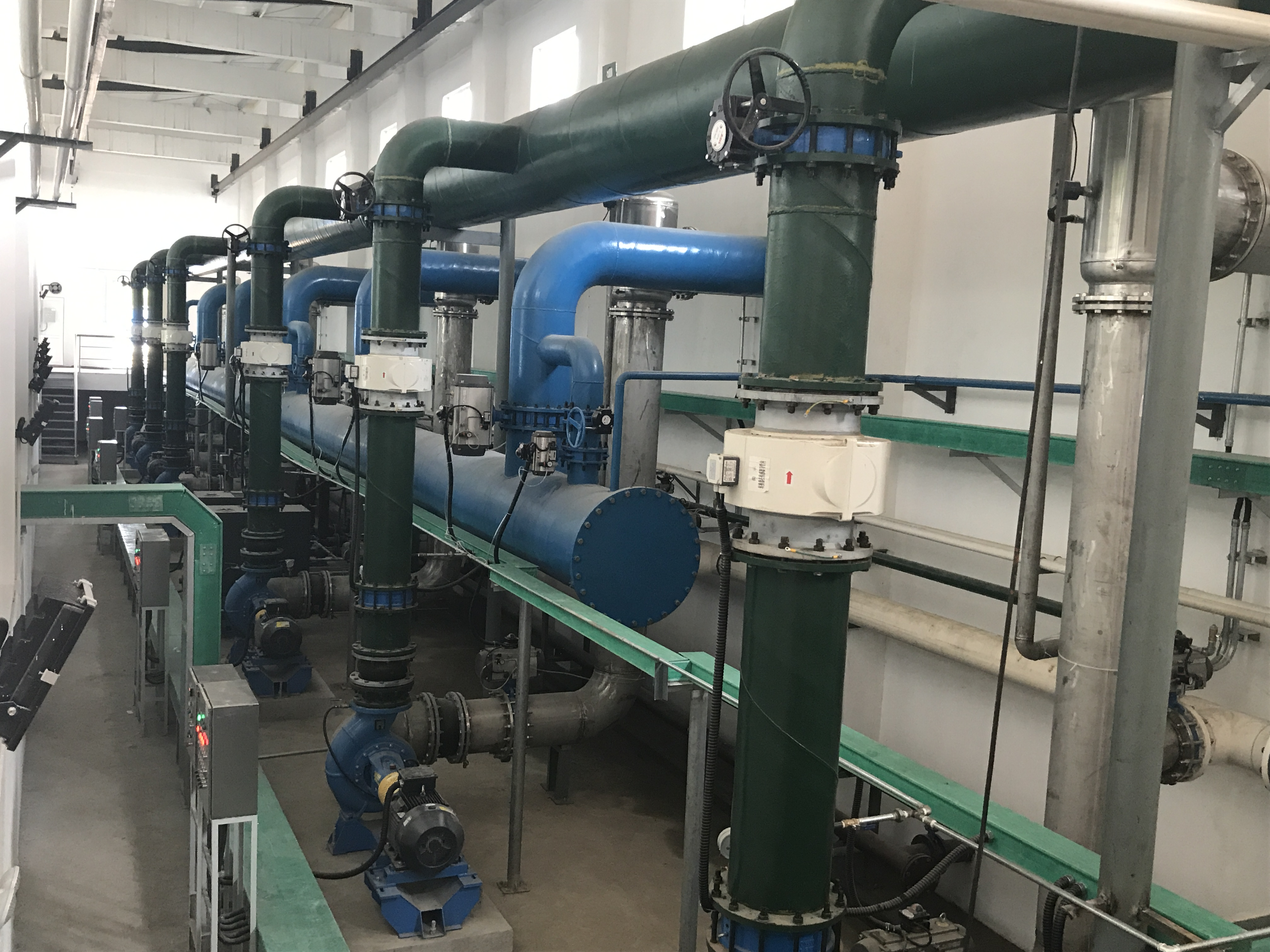In piping systems, the selection and installation location of valves are crucial to ensuring the smooth flow of fluids and the safety of the system. This article will explore whether check valves should be installed before or after outlet valves, and discuss gate valves and Y-type strainers.
First, we need to understand the function of a check valve. A check valve is a one-way valve primarily used to prevent backflow. When fluid flows through the check valve, the disc opens, allowing the fluid to flow. When the fluid flows in the opposite direction, the disc closes, preventing backflow. This characteristic makes check valves crucial in many piping systems, especially for preventing backflow in pumps and protecting equipment.
When considering where to install a check valve, there are generally two options: before or after the outlet valve. The primary advantage of installing a check valve before the outlet valve is that it effectively prevents backflow, protecting downstream equipment from damage. This configuration is particularly important in systems requiring unidirectional flow. For example, installing a check valve at the outlet of a pump prevents backflow after the pump is stopped, potentially damaging the pump.
On the other hand, installing a check valve after the outlet valve also has its own unique advantages. In some cases, the outlet valve may require maintenance or replacement. Installing a check valve after the outlet valve allows for easy access without disrupting overall system operation. Furthermore, in complex piping systems, switching between different fluid paths may be necessary. Installing a check valve after the outlet valve provides greater flexibility.
In addition to check valves, gate valves and Y-strainers are also common components in piping systems. Gate valves are primarily used to control fluid flow and are typically used in applications where a flow path needs to be fully opened or closed. Unlike check valves, gate valves do not prevent backflow. Therefore, when designing a piping system, it is crucial to correctly configure these two valve types to ensure safe and efficient operation.
Y-type strainers are used to filter impurities from fluids, protecting the normal operation of downstream equipment. When installing a Y-type strainer, it is generally recommended to install it before the check valve to ensure that the filtered fluid can flow smoothly into downstream equipment. This effectively prevents impurities from damaging equipment and improves system reliability.
In summary, the installation location of the check valve should be determined based on the specific requirements of the piping system. Whether installed before or after the outlet valve, the system’s fluid characteristics, equipment protection requirements, and ease of maintenance must be comprehensively considered. Furthermore, the proper configuration of gate valves and Y-type strainers will improve the operational efficiency and safety of the entire piping system. When designing and installing a piping system, it is recommended to consult with a professional to ensure optimal valve configuration.
Post time: Oct-15-2025






